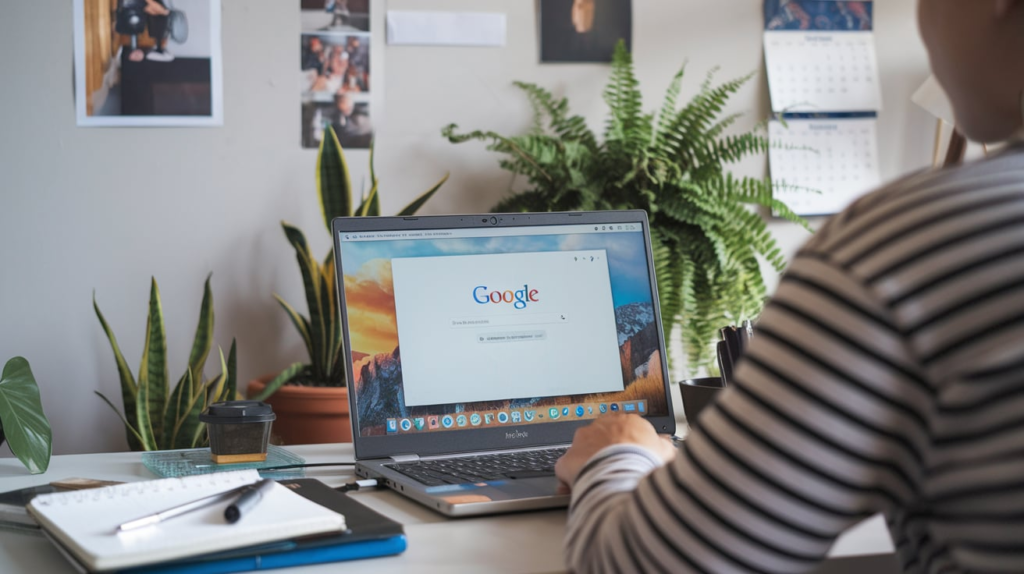The follow up after interview is a critical stage in the job search process that goes beyond a simple thank-you. This often-overlooked step can leave a lasting impression, showcase your continued enthusiasm, and differentiate you from other candidates. In this comprehensive guide, we will delve into everything you need to know about how to follow up after interview with style, sophistication, and a strategic approach that optimizes your chances of success.
1. Why follow up after interview: Your Lasting Impression
In a competitive job market, making a memorable final impression is essential. A thoughtful follow up after interview not only reinforces your interest in the role but also reiterates your value to the hiring manager. By reaching out, you demonstrate professionalism and attention to detail, qualities that employers highly prize.
2. Timing is Everything: When Should You Follow Up?

One of the most crucial aspects of following up is timing. Generally, you should send a follow-up email within 24 hours of the interview. This prompt response shows that you are organized and genuinely interested. If you have not received a response after a week, a polite reminder can be sent, as this keeps you fresh in the hiring manager’s mind.
3. Crafting a High-Impact Follow-Up Email
A powerful follow up after interview email should be concise yet impactful. Start with an appreciation for the opportunity, briefly reinforce why you’re a firm fit, and express your excitement about contributing to the company. Here’s a sample structure to help guide your email:
Subject Line: Thank You for the Opportunity – [Your Name]
- Opening: Thank the interviewer for their time.
- Body: Reaffirm your enthusiasm and restate your strengths.
- Closing: Politely encourage further communication and express eagerness for the next steps.
Each line should be purposeful, concise, and reflect genuine interest. A well-composed email shows your ability to communicate effectively and professionally.
4. The Follow-Up Call: When and How to Execute It
If you haven’t heard back promptly, a phone follow-up can be effective. Ideally, the follow-up call should occur one week after your last contact. Here’s a concise approach for a follow-up call:
- Be Polite: Respect the interviewer’s time by being brief.
- Show Enthusiasm: Reinforce your interest in the role.
- Remain Professional: Maintain a calm tone and keep your questions relevant.
When handled properly, phone calls can reflect confidence and strong communication skills, both of which are attractive traits in a candidate.

5. Writing a Follow-Up Note: Going the Extra Mile
A handwritten follow up after interview note can set you apart and leave a personal touch. While it may seem traditional, a well-crafted note shows thoughtfulness and effort. In a world driven by digital interactions, a handwritten thank-you note stands out and makes an impression.
When crafting a note, keep it short and meaningful:
- Start with gratitude: Acknowledge the time and insight shared by the interviewer.
- Mention Key Highlights: Refer to specific moments or topics discussed.
- End with Enthusiasm: Reaffirm your interest in the role and the company.
6. Common Mistakes to Avoid in a Follow-Up
When following up, there are some pitfalls to be aware of to ensure your message is well-received. Here are common mistakes to avoid:
- Being Overly Persistent: Excessive follow-ups can be perceived as intrusive.
- Using Casual Language: Maintain professionalism in all communication.
- Failing to Personalize: Tailor your message to reflect the specifics of the interview.
Avoiding these missteps can enhance your follow up after interview and ensure that it comes across as polished and professional.
7. Examples of Successful Follow-Up Messages
A well-crafted follow up after interview message can make a significant difference. Here’s an example that combines appreciation, a summary of your strengths, and a courteous invitation for the following steps:
Example:
“Dear [Interviewer’s Name], I truly appreciate the opportunity to discuss the [Job Title] role with [Company]. I am excited about the potential to contribute to [specific company goal or value]. My background in [specific skill or experience] aligns with the role’s needs, and I am highly enthusiastic about the chance to join your team. Thank you again for your time, and I look forward to the next steps.”
This format demonstrates appreciation, reiterates your value, and shows professionalism.
8. Leveraging LinkedIn for a Follow-Up
LinkedIn can be a valuable tool for following up and follow up after interview. Sending a connection request or a personalized message can be a subtle way to stay on the radar. When using LinkedIn, ensure your message is professional, brief, and respectful.

Conclusion
Mastering the follow up after interview process can significantly improve your chances of landing the job. You can make a lasting impact with promptness, professionalism, and a strategic approach. Embrace the follow up after interview as an opportunity to reaffirm your interest and stand out as a polished, proactive candidate in the eyes of the hiring team.
FAQs
1. How soon should I send a follow up after interview email?
A follow-up email should be sent within 24 hours to demonstrate promptness and professionalism.
2. Can I follow up repeatedly if I don’t hear back?
Yes, a polite second follow-up is acceptable if you haven’t received a response after a week.
3. What should I include in a follow-up email?
A follow-up email should include appreciation, a reiteration of your strengths, and an expression of continued interest in the role.
4. Is it appropriate to follow up by phone?
Yes, a phone call is appropriate after a week if you haven’t heard back, as long as it is brief and professional.
5. Should I send a handwritten follow-up note?
While not mandatory, a handwritten note can add a personal touch and differentiate you from other candidates.
6. Can LinkedIn be used for follow-up communication?
Yes, LinkedIn is a professional platform where you can send a polite message or connection request as a follow-up.
